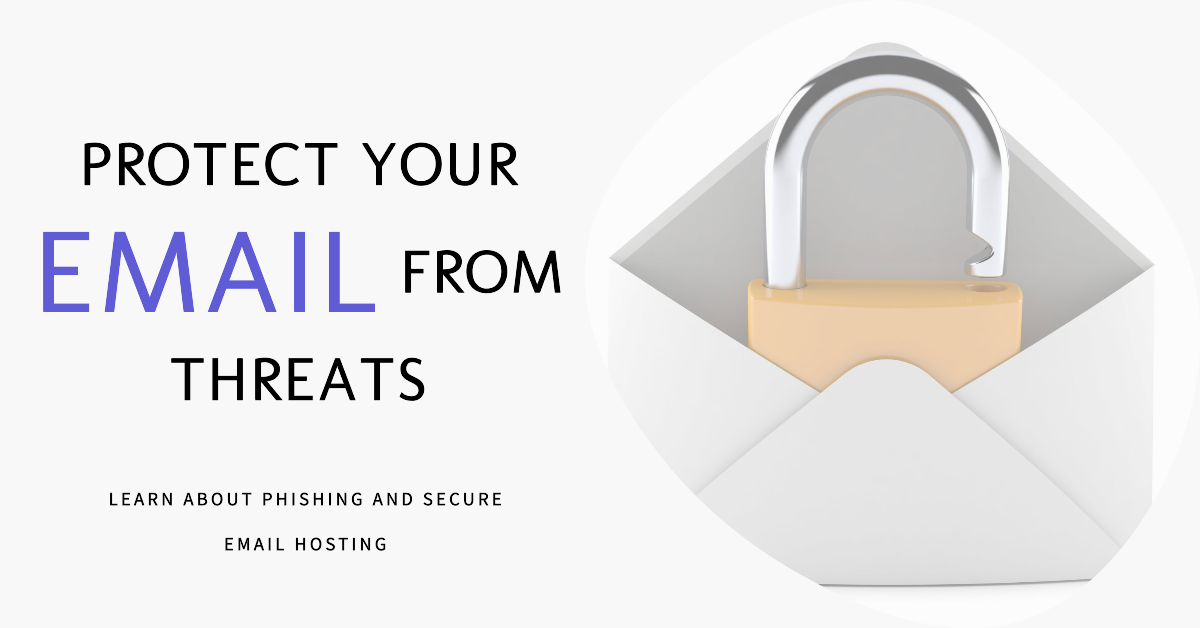European Email Security Threats: Attack Trends


Email is increasingly becoming an essential tool for communication in the contemporary digital world. However, scammers have also started to find it attractive as a target in order to exploit flaws and gain unauthorized access to personal information. Email security is not without risks, just like any other place. This blog’s goal is to talk about some of the most prevalent email attack patterns in Europe and provide tips on how to stay safe from them.
Phishing is still gaining popularity.
Phishing poses a significant threat to email security in Europe. Fraudsters continue to exploit people’s vulnerabilities by tricking them into disclosing personal information or engaging in criminal activity. Phishing emails are difficult to distinguish from legitimate correspondence because they frequently appear to be from reputable sources such as banks, e-commerce sites, or governmental organizations. People and businesses must be vigilant against this threat, employing best practices such as double-checking URLs before clicking on them, closely examining email senders, and regularly updating security software.

Business Email Compromise Shows No Signs of Slowing
Businesses all across Europe are at risk from attacks referred to as Business Email Compromise, or BEC. These sophisticated attacks involve disguising themselves as reputable people or senior executives in order to trick employees into carrying out illegal financial transactions. Social engineering techniques and inadequate security protocols are commonly employed in BEC attacks to convince victims to transmit funds or reveal confidential company data.

Strong authentication procedures must be put in place, employees must be trained to confirm email requests in person or via secondary channels, and cutting-edge threat detection technology must be used to lessen the risks associated with BEC.

Increased Risk of Vendor Email Compromise
Vendor email compromise, or VEC, attacks are becoming more common in Europe and pose a major risk to businesses and their trustworthy partners. In order to manipulate money transfers, make unauthorized purchases, or change financial activities, this type of attack entails breaking into suppliers’ or vendors’ email accounts. Enterprises should implement stringent vendor security standards, such as multi-factor authentication, frequent security audits, and comprehensive incident response plans to promptly identify and contain any potential breach, in order to mitigate the risk of VEC.
It’s


Stopping Email Attacks, No Matter Your Location
Email security need to be your primary concern, no matter where you live. It is imperative to put into practice an all-encompassing email security policy that includes multiple levels of protection. This comprises:
- Email Security: Deploying advanced email security solutions, including robust spam filters, anti-malware software, and email encryption to block and secure messages from malicious content or unauthorized access.
- Data Security: Encrypting sensitive data to prevent unauthorized access and ensuring regular backups to safeguard against data loss in the event of a security breach or system failure.
- Device Security: Implementing strong device security measures, such as regular software updates, employing endpoint protection software, and enforcing strong password policies.
- User Education: Conducting regular training sessions to educate employees on email security best practices, recognizing phishing attempts, and promoting a culture of cybersecurity awareness.
Outcome
For as long as email remains the primary means of communication in Europe, it will always be dangerous. It is necessary to comprehend email attack trends, such as phishing, vendor email compromise, and company email compromise, in order to maintain data security and protect sensitive information. People and organizations can reduce risks and stay one step ahead of fraudsters by implementing a comprehensive email security plan that covers device security, data security, and email security. Remember, no matter where you live in Europe or the rest of the world, email security is everyone’s responsibility.
Transform Business with Cloud
Devolity simplifies state management with automation, strong security, and detailed auditing.







